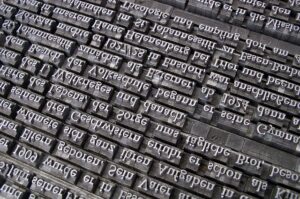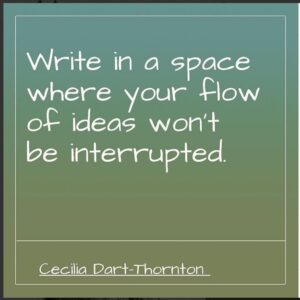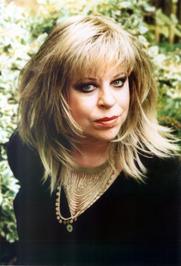
Why walk when you’re capable of dancing?
Why eat nothing but toast for every meal when you can enjoy a feast of diverse foods for free?
Like so many people, (such as Kate Burridge and Giles Brandreth ) I love words. We love their sound, the nuances of their meanings, their etymology, their power, and even the way they look written down. As a youngster I used to read the dictionary and thesaurus for fun. I love learning new words (in all languages) and increasing my vocabulary.
How is it helpful to learn more words?
Having a wide vocabulary is essential to effective communication, and it can have a lot of benefits both in personal and professional contexts. Here are some of the most important benefits of a wide vocabulary:
- Clear and effective communication: A wide vocabulary can help you express your thoughts and ideas more clearly and accurately. When you have a good command of words, you can choose the right words to convey your message with precision and avoid ambiguity. This is particularly important in professions that require clear communication such as teaching, public speaking, and writing.
- Improved comprehension: A wide vocabulary also makes it easier to understand what others are saying or writing. You can pick up on subtle nuances in language and understand complex concepts more easily. This can be particularly beneficial when reading academic texts or when participating in intellectual conversations.
- Enhanced creativity: A wide vocabulary can also help to enhance your creativity. When you have a large pool of words to draw from, you can express your ideas in unique and innovative ways. This can be particularly useful when writing creatively or when trying to come up with new ideas at work.
- Improved cognitive abilities: Studies have shown that having a wide vocabulary can also improve cognitive abilities, such as memory and critical thinking. Learning new words requires active engagement with the language and can help to stimulate the brain and keep it agile.
- Better job prospects: A wide vocabulary can be an asset in the workplace. It can make you a more effective communicator, improve your writing skills, and enhance your ability to understand complex texts. These skills are highly valued by employers, and can give you an edge in the job market.
It’s worth investing time and effort into learning new words and expanding your vocabulary. Reading, playing word games, and using new words in your writing and speech are all great ways to build your vocabulary and reap the benefits that come with it.




 Go With the Flow.
Go With the Flow.
 This, for me, is an essential writing tip!
This, for me, is an essential writing tip!


 Another WRITING TIP. ✨✨✨
Another WRITING TIP. ✨✨✨ Falling water, relaxation, comfort…
Falling water, relaxation, comfort…
 Real people make the best characters
Real people make the best characters Here’s an extract from
Here’s an extract from 
